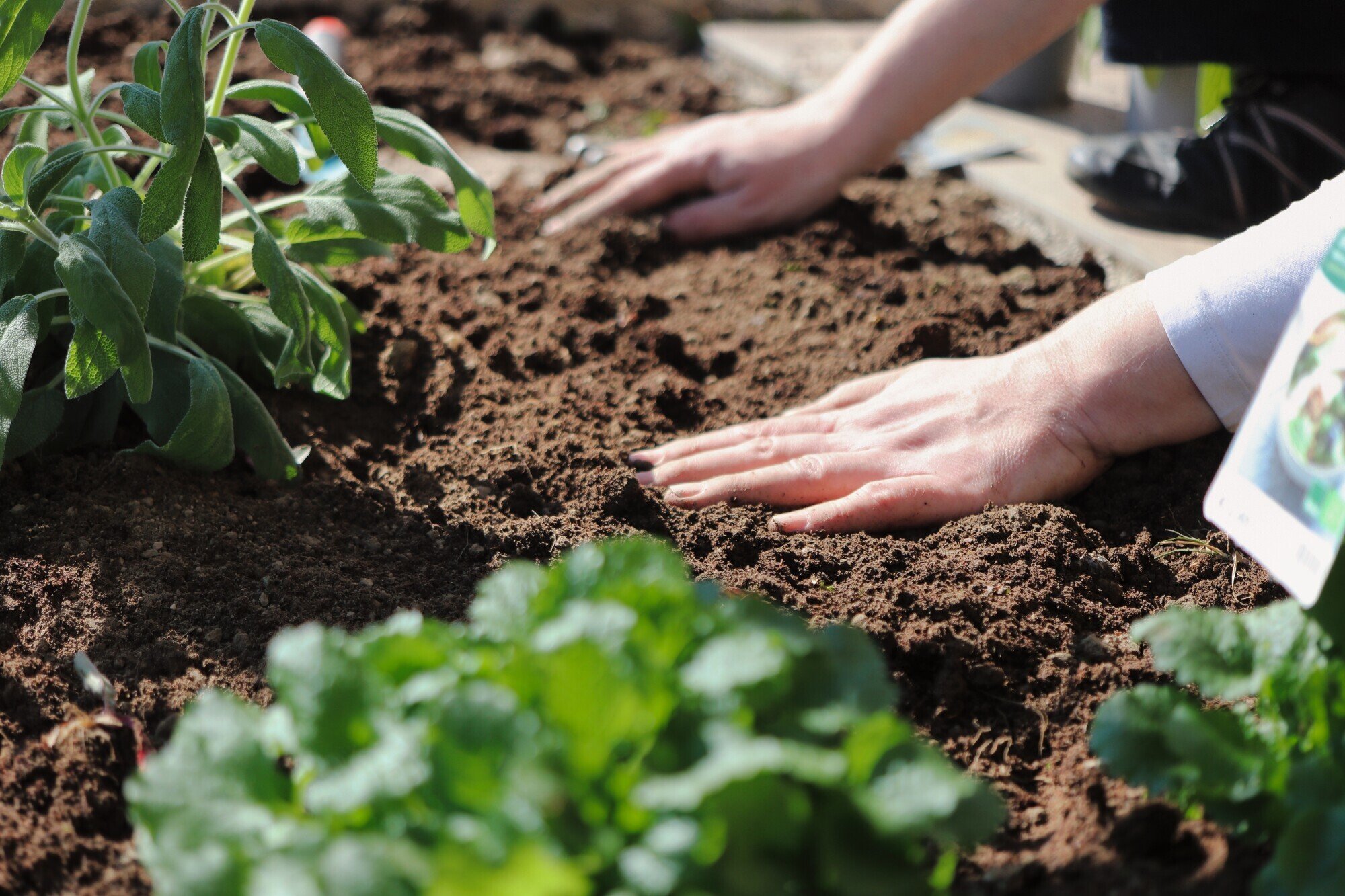Buying Soil For Plants

The first step to growing your own vegetables is purchasing the right soil. While it can be confusing to figure out what type you need, there are many different types available. The good news is that it's relatively easy to improve the soil in your yard if you know what you're doing. Soil comes in bags, large plant containers, and bulk loads. In fact, you can save money by buying larger quantities and reusing them for years.
Loam is the best type of soil for plants, and it is often referred to as topsoil or black dirt by landscape companies. It's a combination of sand, clay, and silt that absorbs water and nutrients. The most common type of loam is loam, which contains 40% sand and 40% clay. This blend provides the perfect balance of oxygen and water for the roots. It's best for planting vegetables, herbs, and flowers because of its ability to hold moisture and nutrients. Get fertile soil from Leaves and Soul company and plant your vegs.
Before you start planting your new vegetables, check the pH level of the soil. It should be between 6 and 7. A pH of 7 is perfect for most plants, but some edibles require a higher or lower pH. To find out the right pH level, buy a soil test. You can then make necessary amendments. Alternatively, you can try buying soil for plants from a local nursery. Aside from soil pH level, you should also pay attention to the amount of peat moss in the soil.
Buying soil for plants is an important investment for the garden. The wrong type of soil can mean the difference between a plant growing and dying. It's not easy to cultivate a green thumb and a plant that won't thrive. But if you do have a green thumb, you'll find the right mix of soil can save your plants. Soil for plants is the foundation of your garden. If you can buy a soil with enough peat moss, you're half-way there.
Before buying soil for plants, do some research. While topsoil is usually what's already in your yard, you may also purchase soil that's designed to fill in large areas. Topsoil can be sandy, low in organic ingredients, or a combination of both. In either case, you should get a soil test to determine whether your soil needs any extra nutrients. If it does, you can use a soil amendment. Explore more about soil by clicking here: http://leavesandsoul.com/.
Regardless of whether you're buying soil for indoor or outdoor plants, potting mix is a must for a healthy plant. Most potting mixes are labeled for both outdoor and indoor potted plants. MiracleGro, for example, sells a specific mix for indoor plants that is designed to maintain moisture and improve the soil's pH balance. Besides using coconut coir, MiracleGro also has a plant specific potting mix for indoor plants.
A healthy soil contains only about 50% solids and the rest is organic matter. Pore space is crucial for the plants' roots and is essential for the soil to drain properly and prevent the plants from drowning. Healthy soil is also only 50% solid, making it important to add organic matter and minerals. If it's too waterlogged, it may be too dry and pull the plant out of the pot. If you're unsure about the proper type of soil, check the labels to make sure they're compatible with your plants' needs. This article has provided you with more information on this topic: https://en.wikipedia.org/wiki/Soil.
